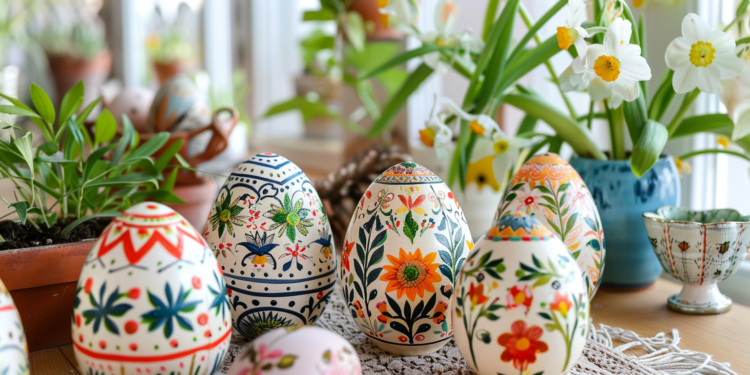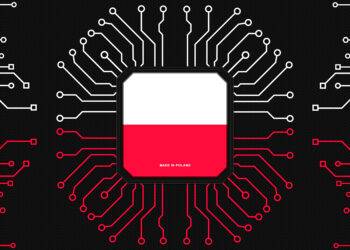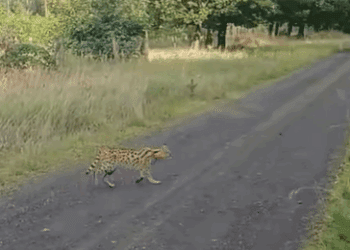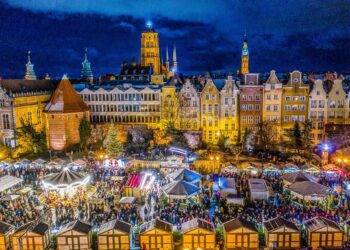In the heart of Polish Easter traditions lies the delicate and artistic practice of creating Pisanki, intricately decorated eggs that are as much a symbol of spring and renewal as they are of Poland’s rich cultural heritage. These are not just any Easter eggs; pisanki are a blend of art, tradition, and spirituality, deeply embedded in the fabric of Polish Easter celebrations. This article delves into what pisanki are, their origins, and their current relevance in modern celebrations.
Pisanki are decorated eggs, traditionally created by emptying the egg contents and then painting the shell with intricate designs and patterns. The term “pisanki” is derived from the Polish verb ‘pisać,’ which in contemporary language means “to write” but historically also meant “to paint.” The designs are not random; they are laden with symbols and motifs, each carrying its own meaning and blessings, such as health, fertility, and abundance.
The tradition of egg decoration predates Christianity, with roots in Slavic paganism. Eggs, as symbols of new life and rebirth, were natural elements in spring rituals, celebrating the rebirth of the earth after the long winter. With the advent of Christianity, the tradition was absorbed into the Easter celebrations, symbolizing the resurrection of Jesus Christ and the promise of eternal life. Over the centuries, the art of pisanki evolved, incorporating various techniques and styles, each region in Poland developing its own distinctive patterns and methods.
Techniques and Styles
The creation of pisanki involves several techniques, with the most traditional being:
- Kraszanki: The simplest form, where eggs are dyed in single colors using natural dyes from onion peels, beetroot, or walnut shells.
- Wax-Resist Method: A method where patterns are drawn on the eggshell with wax, which, after dyeing, is removed to reveal the design. This technique is reminiscent of the famous Ukrainian pysanky and is known for its intricacy.
- Scratching Technique: A method where dyed eggs are scratched with a sharp tool to reveal the white shell beneath, creating intricate patterns.
- Batik Method: Similar to the wax-resist, this involves multiple layers of wax and dye to create multicolored designs.
Today, pisanki continue to be a cherished Easter tradition in Poland, bridging the gap between the country’s pagan roots and Christian beliefs. Modern celebrations still see the crafting of pisanki as a family activity, bringing together generations in preparation for Easter. Workshops and exhibitions are common, with artisans and crafters exploring both traditional and contemporary designs, ensuring the art form is kept alive and passed on to future generations.
In recent years, pisanki have also found their place in global Easter celebrations, symbolizing not only the resurrection of Christ but also the universal themes of renewal, rebirth, and the triumph of life over death. They serve as a cultural ambassador for Poland, showcasing the country’s rich traditions, artistic heritage, and the enduring nature of its cultural practices.
In a world that increasingly values sustainability and handmade crafts, pisanki offer a connection to nature and tradition. The use of natural dyes and the emphasis on handcrafting resonate with contemporary movements towards mindfulness and environmental consciousness. Moreover, pisanki making provides a moment of calm and reflection in the fast-paced digital age, inviting both artists and novices to explore their creativity in a meditative manner.
As Polish communities around the world prepare for Easter, pisanki remain a vibrant and meaningful testament to the enduring power of cultural traditions. They remind us of the shared human experience of seeking light after darkness, warmth after cold, and life after death. In Poland and beyond, the tradition of making pisanki continues to be a colorful thread woven through the fabric of Easter celebrations, connecting the past with the present and the future.


















